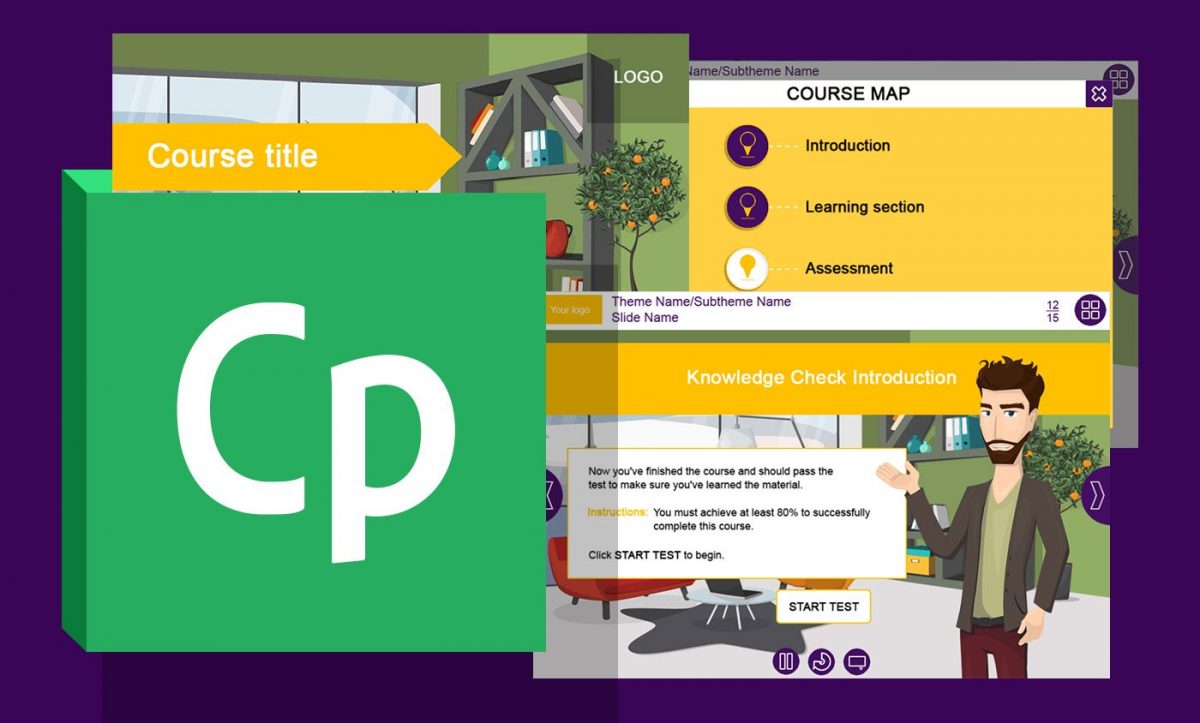

The new Adobe Captivate actually lets you lock the size of a text block, and if the text overflows that limit, it will give the learner a ‘more’ button that they can use to see all of the text on an overlay.Īn image of Adobe TypeKit running in a browser.įonts play a big part in Adobe Captivate (2017 Release) as Adobe TypeKit integration is introduced to Adobe Captivate. You’ll also find that some of the problems of text overflow have been solved for you by dynamically enabling ‘more’ text within smaller interfaces. You can also tie the size of text elements on the screen together, so that your fonts remain same-sized (or relative same sized) across the entire page, even while scaling. You have more control of this than ever with minimum size limits in the property inspector. You can even create your own additional device sizes and add them to the list for quick and easy reference to whatever kind of devices you are using.Īs you change the scale, you’ll notice right away that text now scales very smoothly from larger to smaller sizes across the various screens.

You can also now use the device specific preview menu to rapidly sample the appearance across a wide range of devices. That means that you can simply drag the scale slider at the top of the stage, and watch as the layout you have specified, changes and scales, rearranges and transforms for the varied screen sizes and orientations. One of my favorite new features – is that you can now preview all of the changes caused by changes to the scale and orientation, live right in the authoring environment. The Captivate team has taken this even farther, by enabling some elements to maintain static relationships within any box, and other elements to dynamically stretch, scale and rearrange within any given box. As the screen size changes, the boxes will intelligently rearrange, remove, realign and resize themselves in order to accommodate the different screen sizes and orientations. To understand Fluid Boxes, you need to first imagine the various items on the screen are each contained in a virtual rectangle.

Second, it adds a new solution for automatic reconfiguration of screens called Fluid Boxes. The 2017 release of Adobe Captivate takes two giant leaps forward in automating this process.įirst, it introduces the automated conversion of previously authored courses by adding a ‘Save as responsive’ option, along with a smart sense about screen layout that will anticipate the layouts that are most likely to rearrange well across devices. It can be pretty challenging to make the same content fit well and remain interactive and retain its value as training when that content must appear on landscape and portrait oriented pages, realigned and scaled for everything from desktops to smart phones.
Creating new template in adobe captivate 2017 update#
The latest update to Adobe Captivate, Adobe’s industry leading eLearning authoring tool is packed with solid enhancements that will make virtually any eLearning developer smile, and the team at Adobe brings home another marvel – incredible levels of intuition and automation when it comes to creating fully responsive content for mobile devices.Īdobe is revolutionizing eLearning authoring again with the introduction of Fluid Boxes, a technology that makes creating eLearning for desktops, laptops, tablets and smart phones easier than ever.


 0 kommentar(er)
0 kommentar(er)
